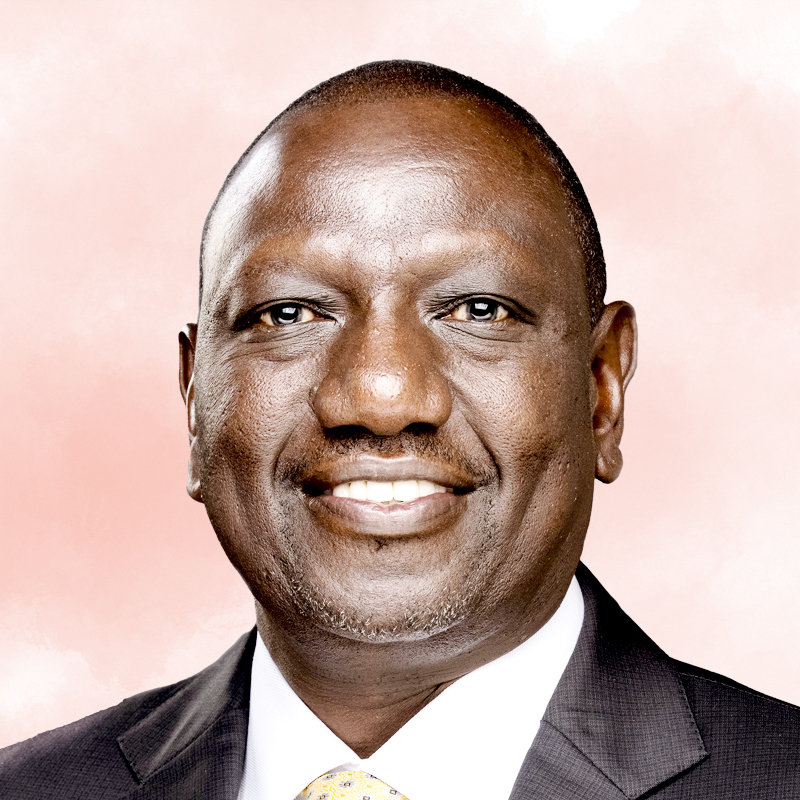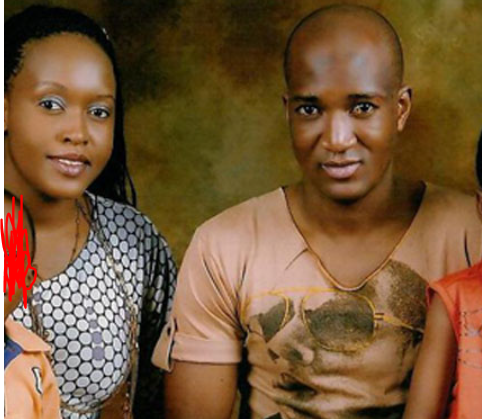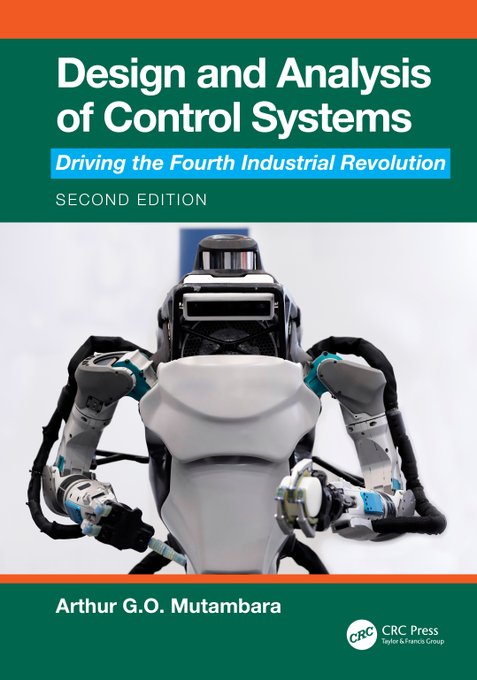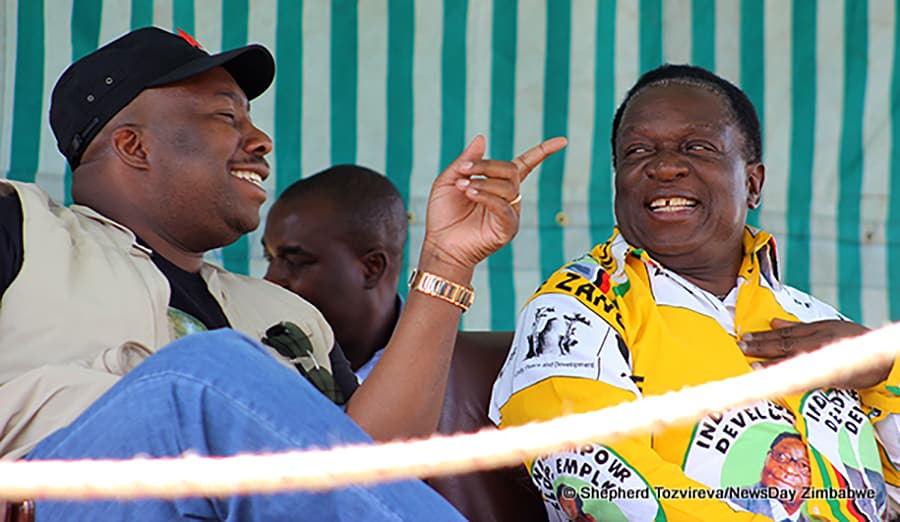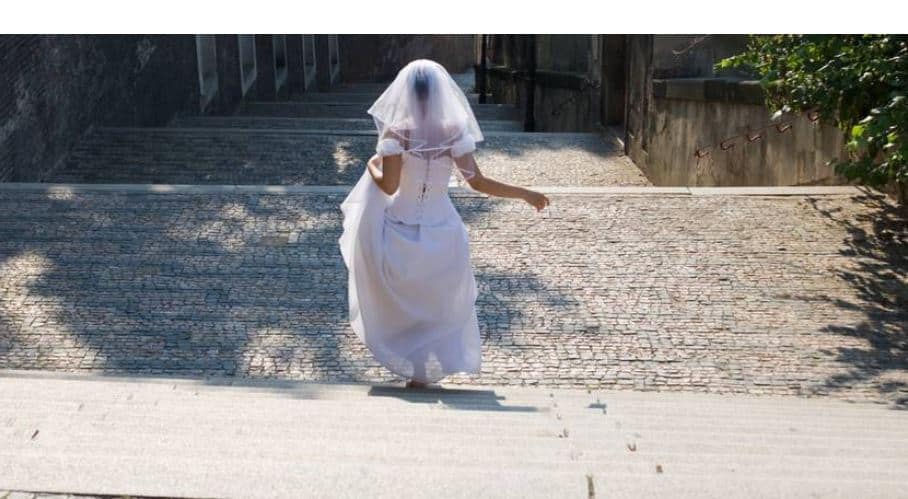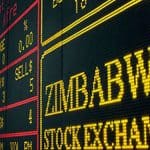Image by istockphoto.com
When we look back on how social media started, everyone imagined it only as a social platform, but surprisingly it has become so much more. In the last few decades, social media has birthed a new form of marketing called influencer marketing, which most of us are pretty familiar with.
When it started, it might have seemed like something that would not last, but these last few years have shown us that influencer marketing is snowballing and has led to many large retailers jumping onto the bandwagon. Some retailers have perfected the art of brand collaborations, yet some are still hesitant. There is no set formula on how to manoeuvre this influencer marketing space. However, there are some tools that can help large retailers utilise influencers effectively.
Do Your Research
As one embarks on something new, it is always very crucial to do research before anything else. A lot goes into the influencer marketing industry, and a brand needs to know what they are getting into. If it is the suitable space for their brand, the positive and negative impacts of working with different influencers, and if it will bring about any profit. If we look at Woolworths online as an example, they debuted their first influencers in 2014, including Minnie Dhlamini, Pearl Modiadie, and others.

Pearl Modiadie Screenshot @Woolworths SA
The campaign was deemed ground-breaking then, even though it took time for it to be received by the clients, but later in 2018 showed an increase in profit after tweaking the strategy by management. Woolworths continued to work with some of South Africa’s four best local influencers as they built a connection to the millennial shopper. Clearly, the influencer marketing space is working well for the brand and shows how crucial research is.

Minnie Dlamini – Jones Screenshot @Minnie Dlamini
Setting Goals
Knowing what you want to get out of a marketing campaign as a retailer is the second most crucial factor in setting goals. Setting goals helps the retailer make it easier when analysing reports. It helps to show if they have ticked all the boxes, and if they managed to get their brand out there for awareness. At the end of it all, these large businesses have targets to meet, and they need to make sure all the influencers working under them are delivering as expected.

Photo by Markus Winkler on Unsplash
Finding your Influencer
Then comes the planning process, which puts everything together. A business needs to identify the right person as its representative. They cannot just choose any influencer. There are crucial points that come into play, like who else the influencer works with, their niche, and a lot more. There should not be any conflict of interest so that the audience is not confused. Many retailers take time to see if an influencer aligns well with their brand and if they will bring value to their business because this is an investment, after all. So this means monitoring their work, carefully selecting the right person, and offering an excellent incentive to motivate the creative.
Measure the results
Reports, profits, engagement, and brand awareness are the end goal of influencer marketing, right? So, measuring the results will help retailers make better decisions, set higher goals for their business, and make more money, and that’s how influencer marketing is done right!




